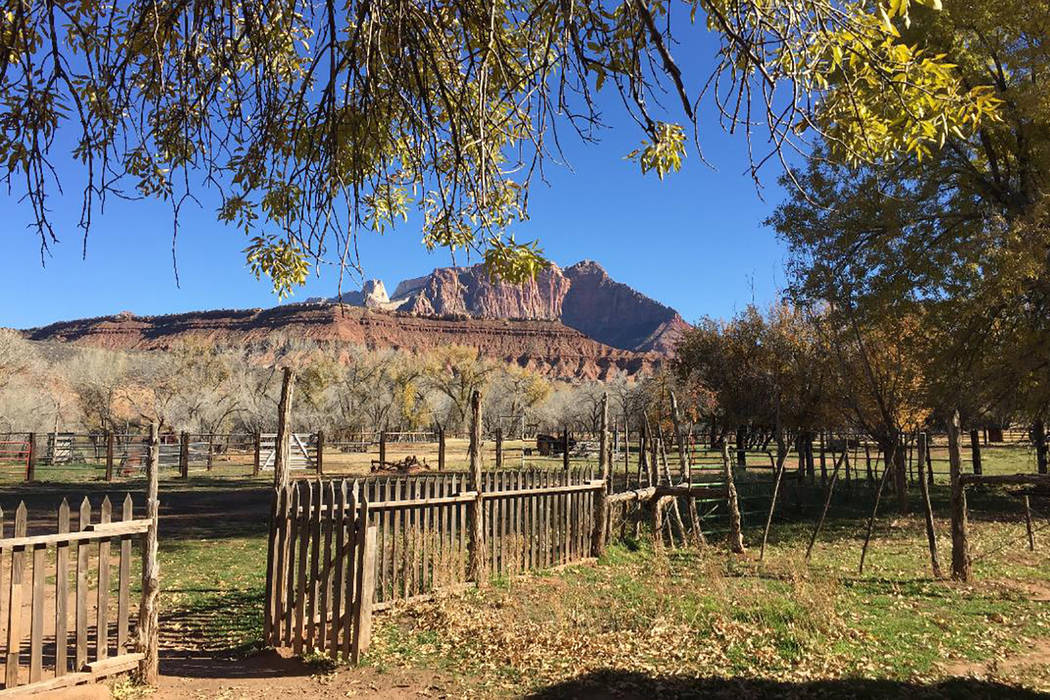Explore the ghost town of Grafton, Utah, outside of Zion National Park

The ghost town of Grafton, Utah, just south of Zion National Park, might be best recognized today from its appearance in the classic film “Butch Cassidy and the Sundance Kid.”
The pioneer town was first established in 1859, along the Virgin River, about a mile downstream from its current location. A flash flood in 1862 destroyed the original town and forced its residents to relocate.
By 1906, almost all of Grafton’s townsfolk had moved downstream to Hurricane. The last resident left in 1945.
Added to the National Register of Historic Places in 2010, Grafton remains well-preserved thanks to the Grafton Heritage Partnership Project.
Located near the banks of the Virgin River, the town site has some of the best views of the western part of Zion. You will also find fruit orchards, meadows, historic buildings and a cemetery.
Grafton sits at 3,678 feet in elevation, so expect it to be about 5 to 15 degrees cooler than Las Vegas.
Before you set out to explore, pick up a self-guided tour booklet near the fence in front of the 1886 schoolhouse/church. For more information, check out graftonheritage.org.
■ What to pack: There are no services here, so bring food and water.
■ How long to stay: Exploring the entire town site will take a half-hour to a couple of hours.
■ Film history: That iconic scene in 1969’s “Butch Cassidy and the Sundance Kid” — Butch (Paul Newman) trying to impress Sundance’s gal, Etta (Katherine Ross), with his bicycle-riding skills — isn’t Grafton’s only big-screen closeup. Look for it in the 1929 Western “In Old Arizona,” which won Warner Baxter an Oscar for his portrayal of the Cisco Kid.
■ Grafton graves: The pioneers had it tough here. In 1866 alone the residents of this hamlet buried at least 11 people in the local graveyard: six killed by diphtheria, two teenage girls who died in a freak accident, and three victims of Navajo raiders. The cemetery, located about a third of a mile from the town site, is thought to hold more than 74 graves, many unmarked, their occupants buried from 1862 to 1924.